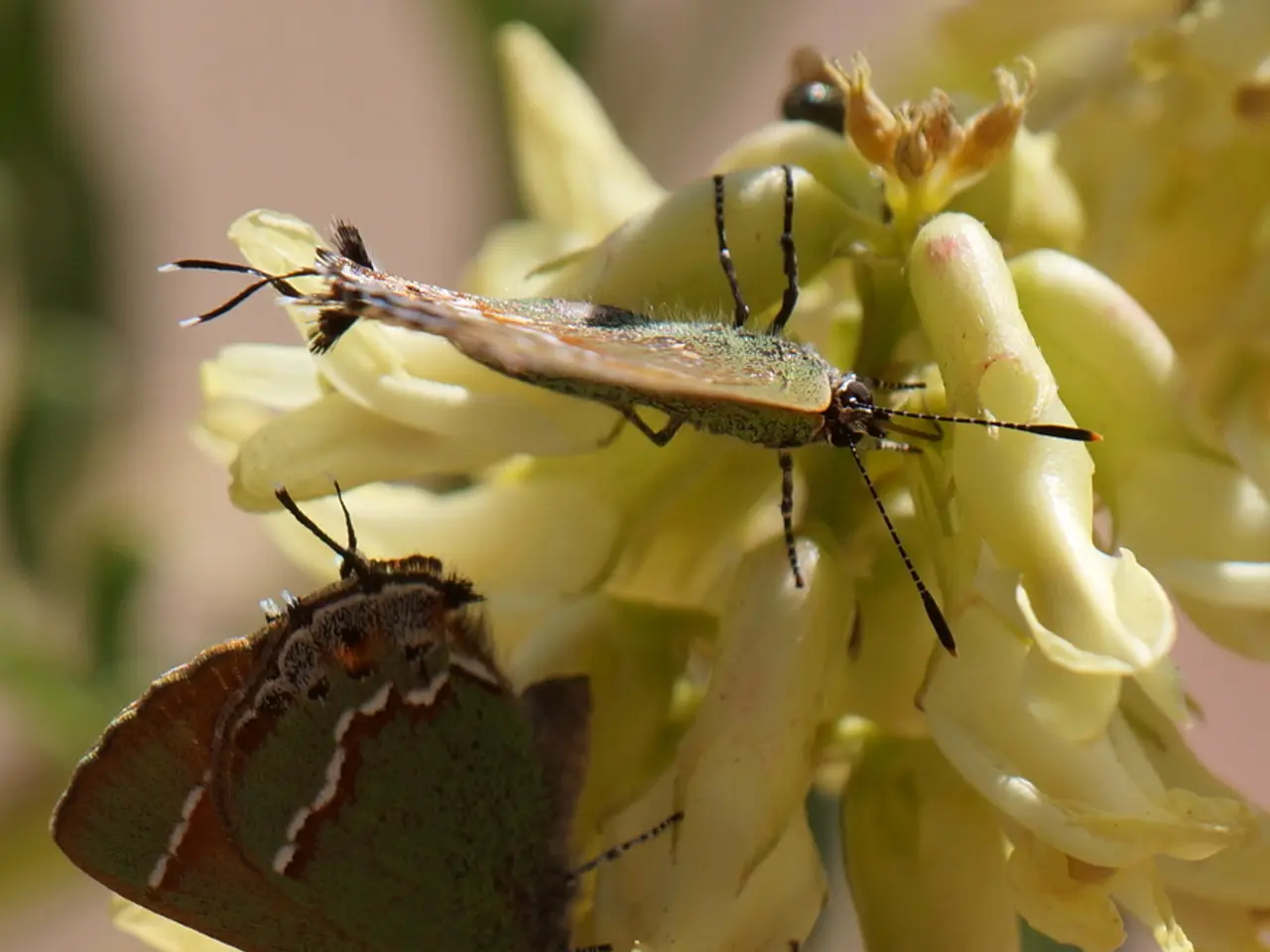Draw in More Monarch Butterflies: Top 8 Blooms Ideal for these Colorful Creatures
A pollinator garden that attracts and supports the vibrant monarch butterfly is an enchanting addition to any backyard. Here's a guide to creating a thriving monarch-focused garden, filled with essential host plants and nectar sources.
The Essential Host Plants
The cornerstone of a monarch butterfly garden is milkweed (Asclepias spp.). This family of plants serves a dual purpose: they are vital for monarch caterpillars, providing the only food source for these larvae, and they also offer nectar for adult butterflies. Two popular milkweed species are the common milkweed (Asclepias syriaca) and orange milkweed (Asclepias tuberosa), both of which boast bright flowers that attract adult butterflies.
Nectar-Rich Flowers
In addition to milkweed, a variety of nectar-rich flowers are essential for providing energy to adult butterflies. Coneflowers (Echinacea purpurea), with their popular nectar source, attract many butterflies, including monarchs. Butterfly bush (Buddleia spp.) is another strong nectar source, attractive to monarchs and other butterflies. Lantana and zinnias also provide rich nectar for adult butterflies, making them excellent additions to any pollinator garden.
Other Nectar Plants
To offer continuous nectar throughout the season, consider planting asters, sunflowers, and native wildflowers. These bloom throughout the year, ensuring a steady supply of energy for the butterflies.
Building a Monarch-Focused Garden
To ensure the support of both monarch caterpillars and adult butterflies, plant a mix of host plants (milkweed) and nectar plants. Avoid using pesticides, and provide sunny, sheltered spots for the best results.
Additional Information
Many types of salvia are nectar-rich sources of food for butterflies and beneficial insects. Mexican sunflowers (tithonia) have an extensive flowering period, lasting until the arrival of the first frost. Bee balm is well-adapted to a wide range of climates and is a good perennial for USDA zones 3-9. Perennial purple coneflower plants are known for their ease of growth and extended bloom periods.
Cautions
While most flowers attract monarch butterflies, some species of milkweed can become invasive to local ecosystems. Tropical or scarlet milkweeds are known to negatively impact butterflies due to their irregular bloom periods.
By following these guidelines, you'll create a beautiful and thriving monarch butterfly-friendly pollinator garden that will delight both you and the butterflies for years to come.
- To establish a vibrant lifestyle enriched with home-and-garden activities, consider cultivating a monarch butterfly-focused garden, filled with essential host plants such as milkweeds (Asclepias spp.) and nectar-rich flowers like coneflowers (Echinacea purpurea).
- In addition to the common milkweed (Asclepias syriaca) and orange milkweed (Asclepias tuberosa), other nectar sources that support mature monarch butterflies include lantana, zinnias, bee balm, Mexican sunflowers (tithonia), and perennial purple coneflower plants.




